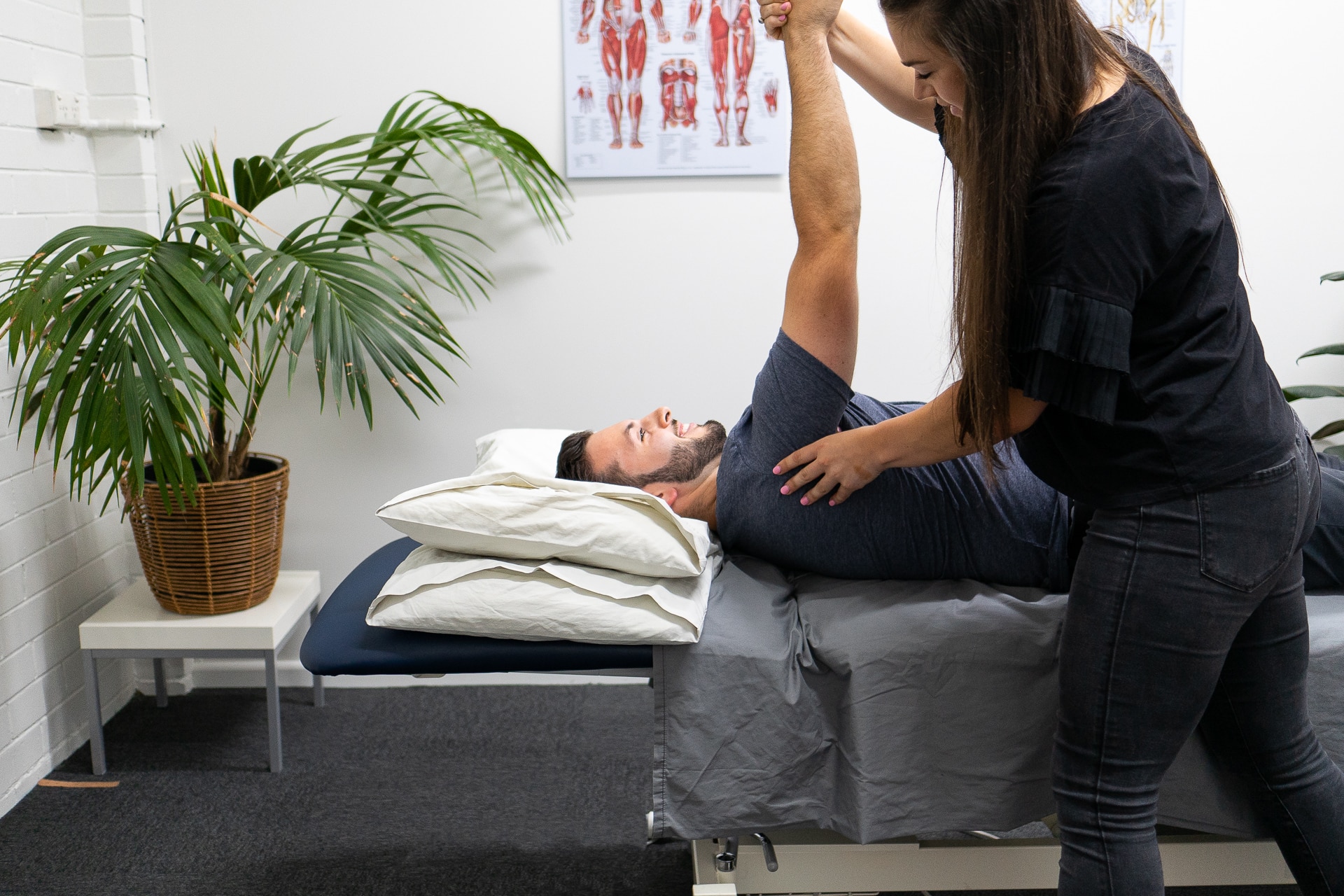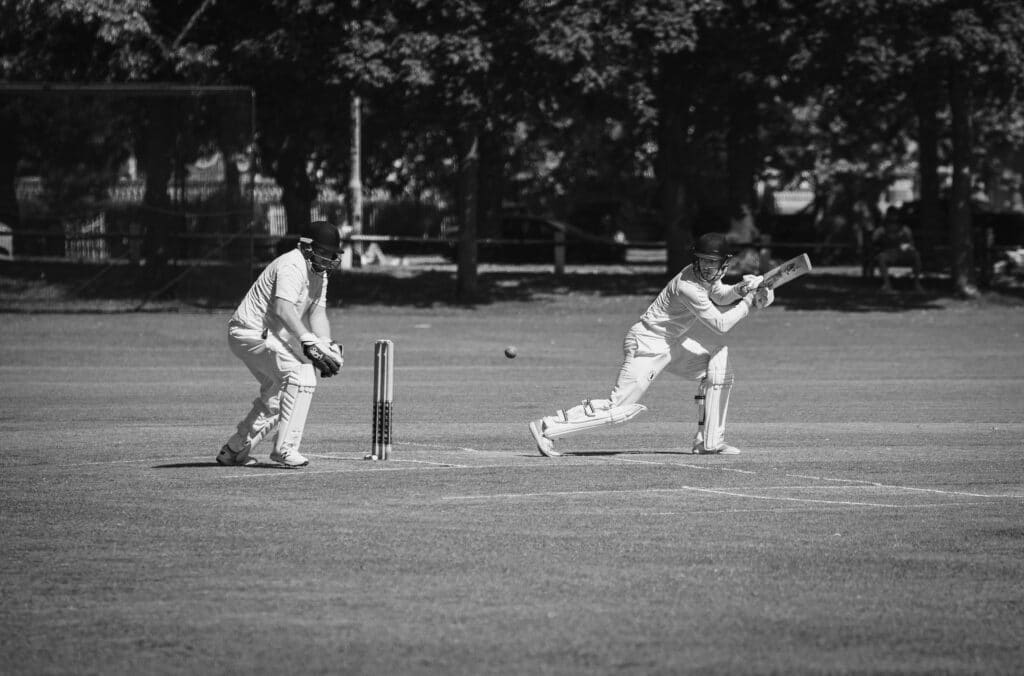What is the rotator cuff?
What is the rotator cuff?
“My physio said my pain was coming from my rotator cuff”
Rotator cuff related pain is the third most common cause of musculoskeletal pain, accounting for 16% of cases, with back pain at number one (23%) and knee pain number two (19%). Shoulder pain is extremely common and will often be caused by dysfunction in the rotator cuff; a group of muscles acting at the shoulder to simultaneously provide stability and mobility at one of our most unstable joints in the body. Rotator cuff related pain commonly causes the individual difficulty with lifting the arm above shoulder height, reaching behind the back and even lifting more than a cup of tea; it can be incredibly debilitating and impact your ability to complete essential daily activities. In this blog, our physiotherapist Michael Scardamaglia discusses what the rotator cuff actually is and how it acts on our shoulder to allow us to push, pull, lift, throw and balance objects.
What is the rotator cuff?
The shoulder complex is made up of 3 main joints; the glenohumeral joint (ball and socket shoulder joint), the acromioclavicular joint (connecting the top of your shoulder to your collarbone) and the scapulothoracic joint (where the shoulder blade connects to the ribs). The shoulder blade acts as an anchor for the rotator cuff muscles to leverage off; these muscles then attach to different aspects of the humerus (upper arm bone) to create movement at the glenohumeral joint.
The rotator cuff itself consists of 4 main muscles;
- Supraspinatus
- Infraspinatus
- Teres minor
- Subscapularis
The first 3 of these muscles help to rotate the arm outwards and lift it up above shoulder height, and the last one (subscapularis) helps to rotate your arm inwards and stabilise the shoulder blade.
Contrary to popular belief, the shoulder muscles almost exclusively work as a single unit rather than 4 separate parts meaning in order to maximise shoulder function we need to work towards improving movement efficiency in a multitude of different movement patterns.
The rotator cuff is especially important as it allows us to, lifting up a cup of coffee, put the flour back on the top shelf, stir the pasta pot and carry the groceries from the car; basically any movement which requires our arms will use our rotator cuff.
What is the best treatment for rotator cuff injury?
As physiotherapists, our aim is to optimise shoulder function and the best way to do that is to get you to exercise the shoulder, lift weights and become really strong! There is no substitute for strength in the rotator cuff, as this allows these muscles to simultaneously stabilise your shoulder whilst allowing for maximal mobility. Exercises such as lateral raises, front raises, chest pressing, rows and overhead pressing are essential for building up shoulder strength and if you experience shoulder pain you can expect to be in the gym lifting weights to help restore your shoulder to all its glory!
If you are experiencing pain associated with your rotator cuff, contact us or book online today.


